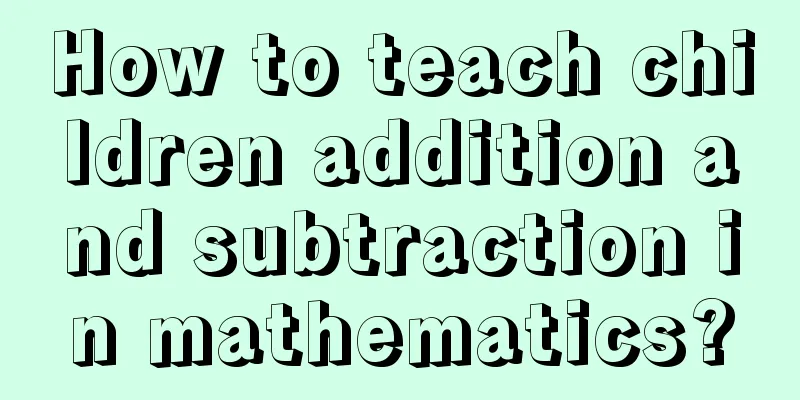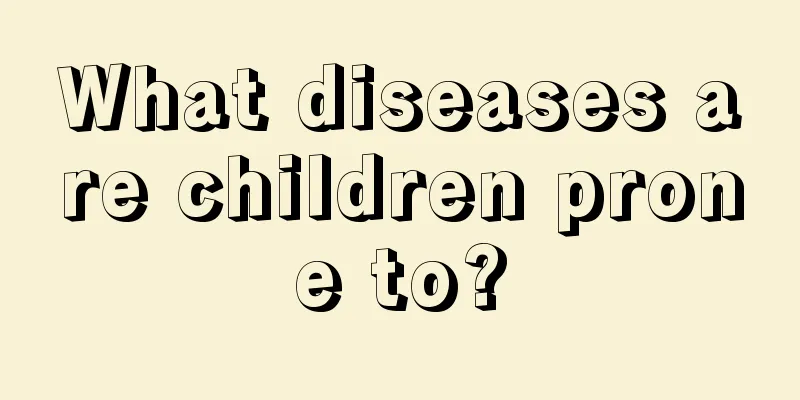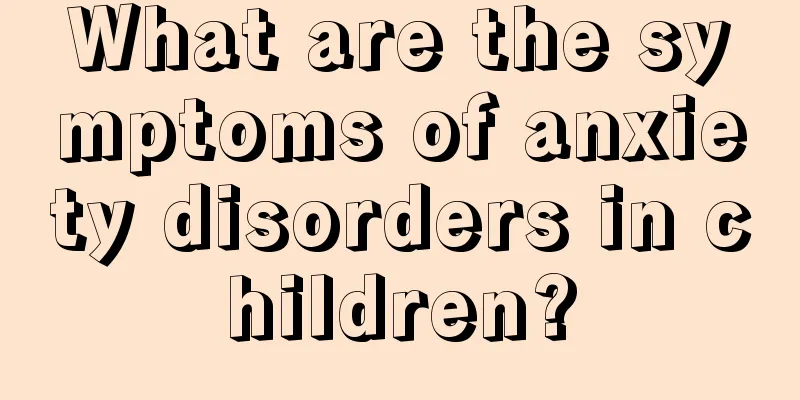How to teach children addition and subtraction in mathematics?

|
Although children are very curious, they are also very rebellious. Therefore, when teaching children mathematical addition and subtraction, you must master the methods and techniques. Do not force the baby to learn, otherwise the baby will lose interest in learning. At the same time, it will make the rebelliousness stronger and stronger, which will bring great difficulties to the baby's later learning. So how to teach children mathematical addition and subtraction? Let's take a look. First, how do you teach children addition and subtraction? Don’t think that mathematics is simple. For many children, it takes some effort to truly understand simple formulas such as 1+1=2, unless they memorize them by rote. The new knowledge that may be included here includes the concept of numbers, such as 1, 2, the concepts of addition and equality, the appearance of these symbols, etc. For a child who is completely new to math, it will take some time for him to become truly proficient in and understand them. The mistake many parents make is that they always impose on their children what they know very well. If the children cannot master it, they become anxious and then get angry and hit them. Second, review subtraction within ten first and then transition to subtraction of integers that are multiples of ten. For example, 5-2=, 8-4=, etc., the child will immediately give the answer, and then give formulas such as 50-20=, 80-40=, etc. If the child is hesitant, you can give him/her contrasting questions, such as 5-2= first, then 50-20=, 8-4= first, then 80-40=, etc. Such integer arithmetic on multiples of ten is very simple. But there is a certain amount of knowledge that children need to accumulate. First, they need to be very proficient in addition and subtraction within ten or 20. It is best not to count on their fingers, but to be able to give the answer immediately. Second, for integers that are multiples of ten, such as 10, 20, 30, 40 up to 100, the concepts of these numbers must be very clear, otherwise children will not be able to calculate. How to teach children addition and subtraction in mathematics? Learn the algorithm for subtracting large numbers from small numbers within 100. For example, 59-9=, 35-8=, 60-4= and so on, as long as the subsequent minuend is less than 10, it will be fine. This kind of calculation is not difficult for children. If they can’t figure it out, they can get the answer by counting on their fingers. However, the amount of knowledge that children need to acquire includes: first, being able to fluently count forward or backward from any position to numbers within 100; second, understanding the basic algorithm of subtraction, where addition is counting backward and subtraction is counting forward. It’s strange that children can count on their fingers for addition and subtraction within ten, but when the number becomes large, they are often at a loss, so parents have to teach them. If the child studies hard, he or she will be able to give the answer in a short time without counting on fingers. |
<<: What is the standard of the children's height and weight comparison table?
>>: What to do if a child's nose is rotten
Recommend
How to remove the black mole that you are born with?
When a baby is born, he may have some black moles...
More and more children are dying from cancer. Do you know why?
There is data showing that in real life, the inci...
What should children eat when they have sore throat? Introducing the correct way to eat it!
Once a child's throat becomes inflamed, there...
How should children's paronychia be treated?
Paronychia is a very common disease, which mainly...
Children's nasal congestion and cough treatment remedies
Parents are very concerned about the physical hea...
What are the main reasons for lack of concentration?
For children, it is normal to be inattentive. For...
What is the normal body temperature of a child?
Some children nowadays are in very unhealthy cond...
Do babies need to take a bath every day?
Children need to develop good living habits from ...
Treatment of throat herpes in children
We know that children are more likely to suffer f...
What to do if your baby has a runny nose and cough
As a mother, you should know how to treat the run...
What should children eat when they have a cough and runny nose?
Children coughing and runny nose is a phenomenon ...
What's wrong with the sound in the baby's throat?
I believe some people don’t know about congenital...
What to do if your baby is underweight
If your baby is underweight, it may be related to...
Reasons why babies often turn over when sleeping
As the saying goes, babies can sleep in various p...
Newborn baby crying when waking up
Why do newborns cry when they wake up? For newbor...









